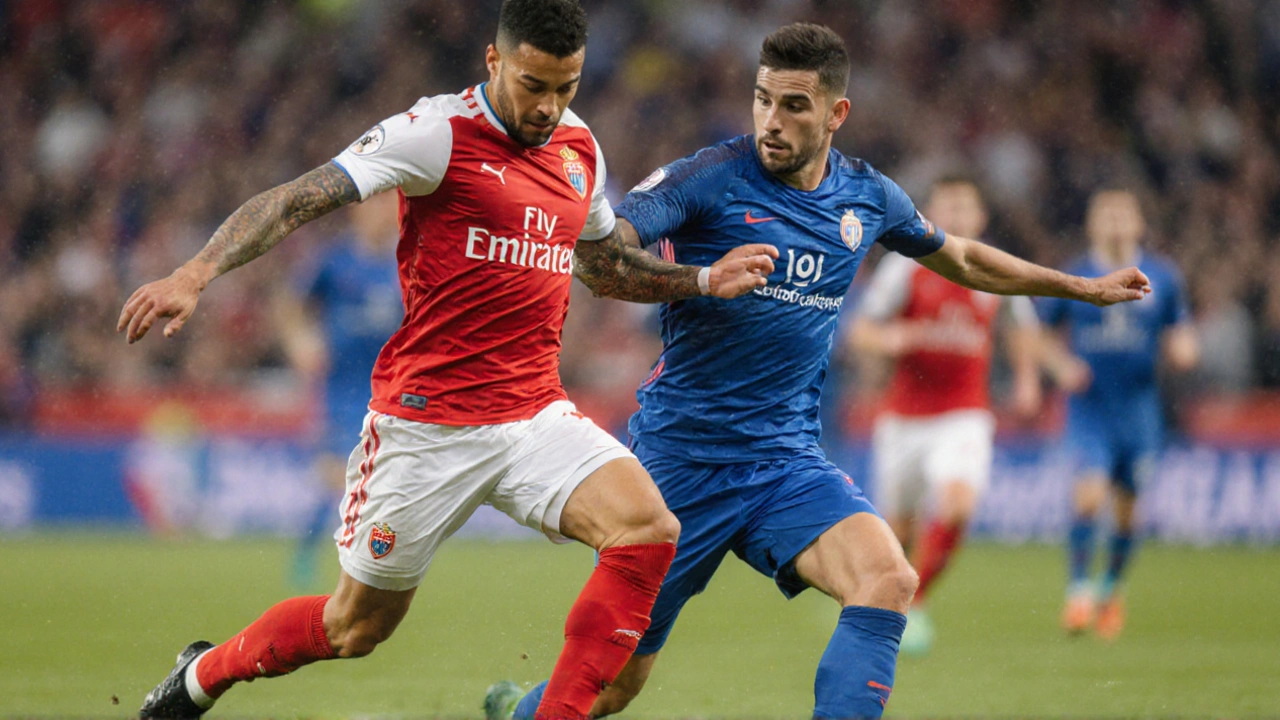VAR decisions: How Video Review Is Changing Football
Ever watched a match and wondered why the referee stopped play for a few seconds? That pause is usually the result of a VAR decision. Video Assistant Referee, or simply VAR, is the technology that lets officials double‑check key moments – goals, penalties, red cards and cases of mistaken identity. For most fans, VAR feels like a mystery box: sometimes it saves a game, other times it sparks endless debate.
How VAR actually works on the field
When a potentially game‑changing event happens, the on‑field referee sends a quick signal – either a wave of the hand or a headset beep – to the VAR team in a control room. The VAR crew watches multiple camera angles on high‑definition screens. If they spot a clear error, they advise the referee, who can then either accept the advice directly or go to the pitch-side monitor for a personal review.
The whole process usually takes less than a minute, but those seconds can feel like forever when the score is tight. The key point is that VAR only steps in for "clear and obvious" mistakes. It isn’t there to re‑judge every borderline decision, which is why you’ll still see some controversial calls slip through.
Why fans love and hate VAR decisions
One of the biggest love‑hate relationships in modern football revolves around VAR. On the plus side, think about a late winner that gets ruled out because the assistant spotted an offside in the build‑up. That’s fairness in action and prevents teams from walking away with an undeserved win. On the downside, consider a penalty awarded after a long review that changes a match’s momentum. Fans feel the drama is broken, especially when the decision hinges on a split‑second camera angle.
Recent high‑profile matches, like the Tottenham vs Wolves game, highlighted how a VAR call can swing momentum. A late equaliser was confirmed after a multi‑camera review, saving a point for Spurs. Those moments remind us that VAR can be a game‑changer, but they also fuel endless social‑media debates about consistency.
So, what should you do the next time a VAR decision pops up? Keep an eye on the replay angle, listen to the commentator’s explanation, and remember the rule: VAR only corrects clear errors. If the decision still feels off, you’re not alone – millions of fans worldwide share the same frustration.
Looking ahead, leagues are tweaking the system. Some are experimenting with faster communication methods, while others are adding more cameras to cover blind spots. The goal? Reduce downtime and make the technology feel like a natural part of the game rather than a disruption.
In the meantime, embrace the uncertainty. VAR decisions will continue to shape scores, spark debates, and keep football interesting. Whether you cheer a saved goal or curse a reversed call, the technology is here to stay, and it’s changing the way we experience the sport, one review at a time.
A tense 0-0 stalemate at Stade Louis-II left AS Monaco and RC Strasbourg still in the mix for European spots. Both coaches stuck to their game plans, while VAR erased two potential winners for off‑side. The point maintains Monaco’s second‑place hold and Strasbourg’s push from sixth as the final run‑in begins.


 Sports
Sports